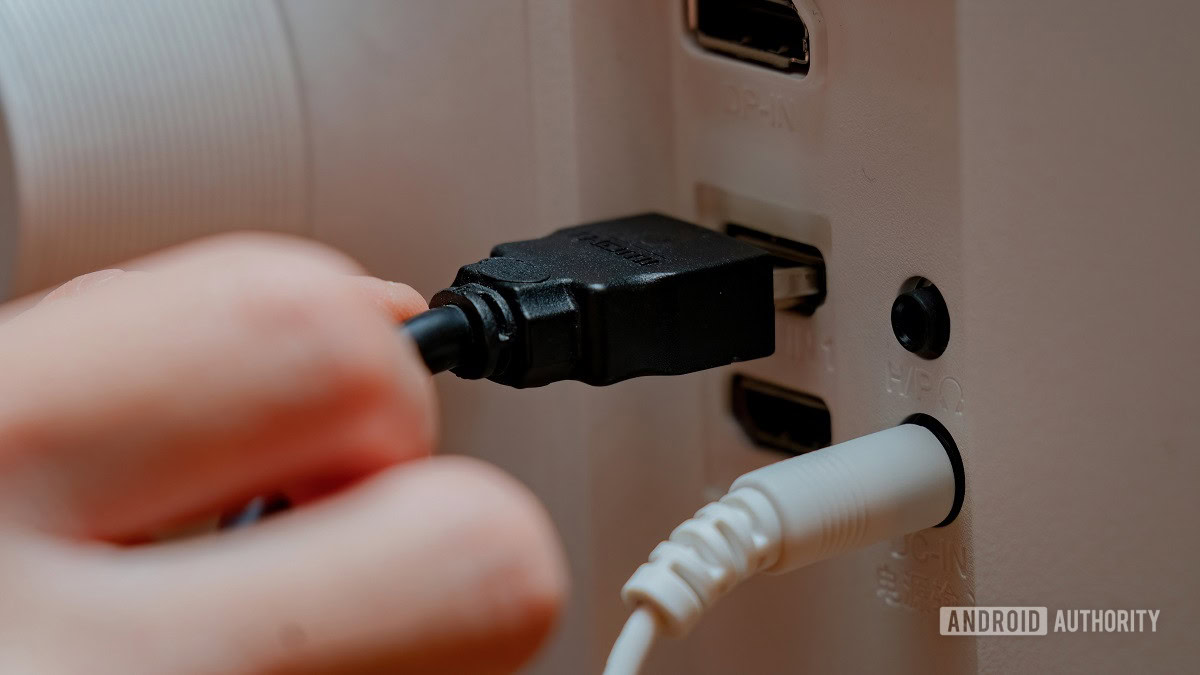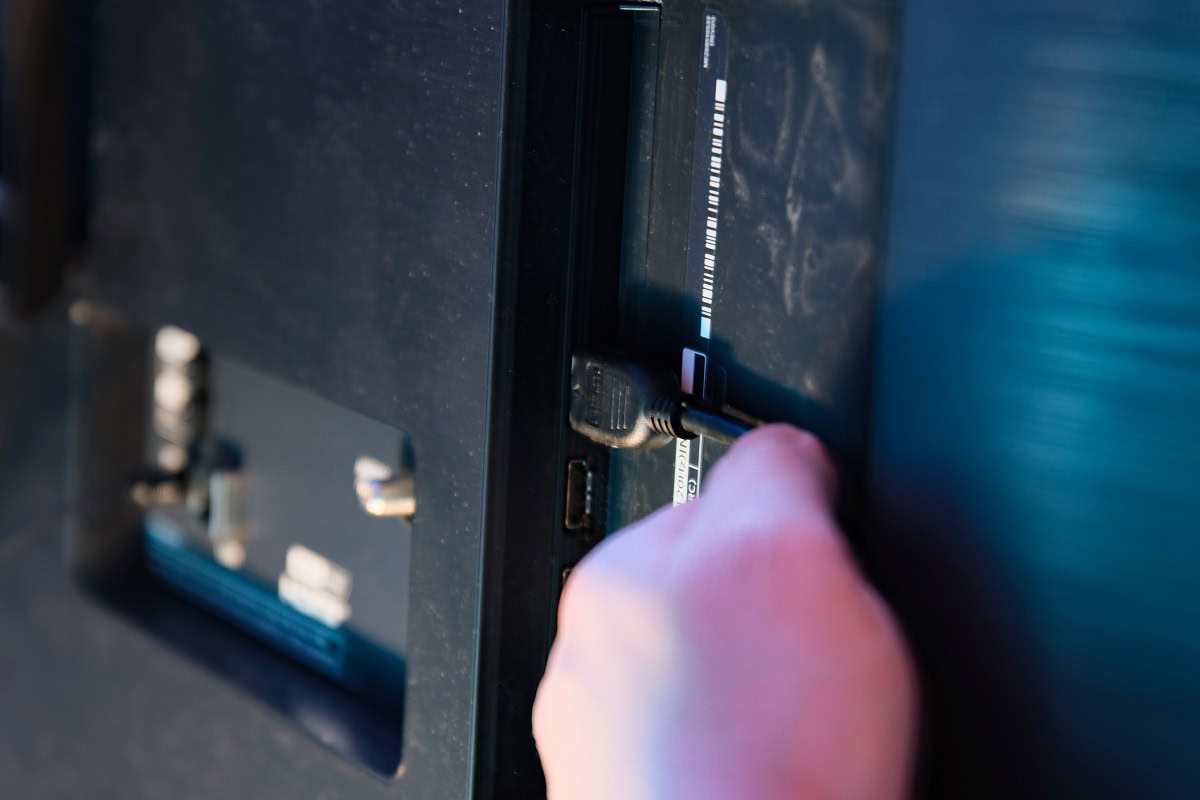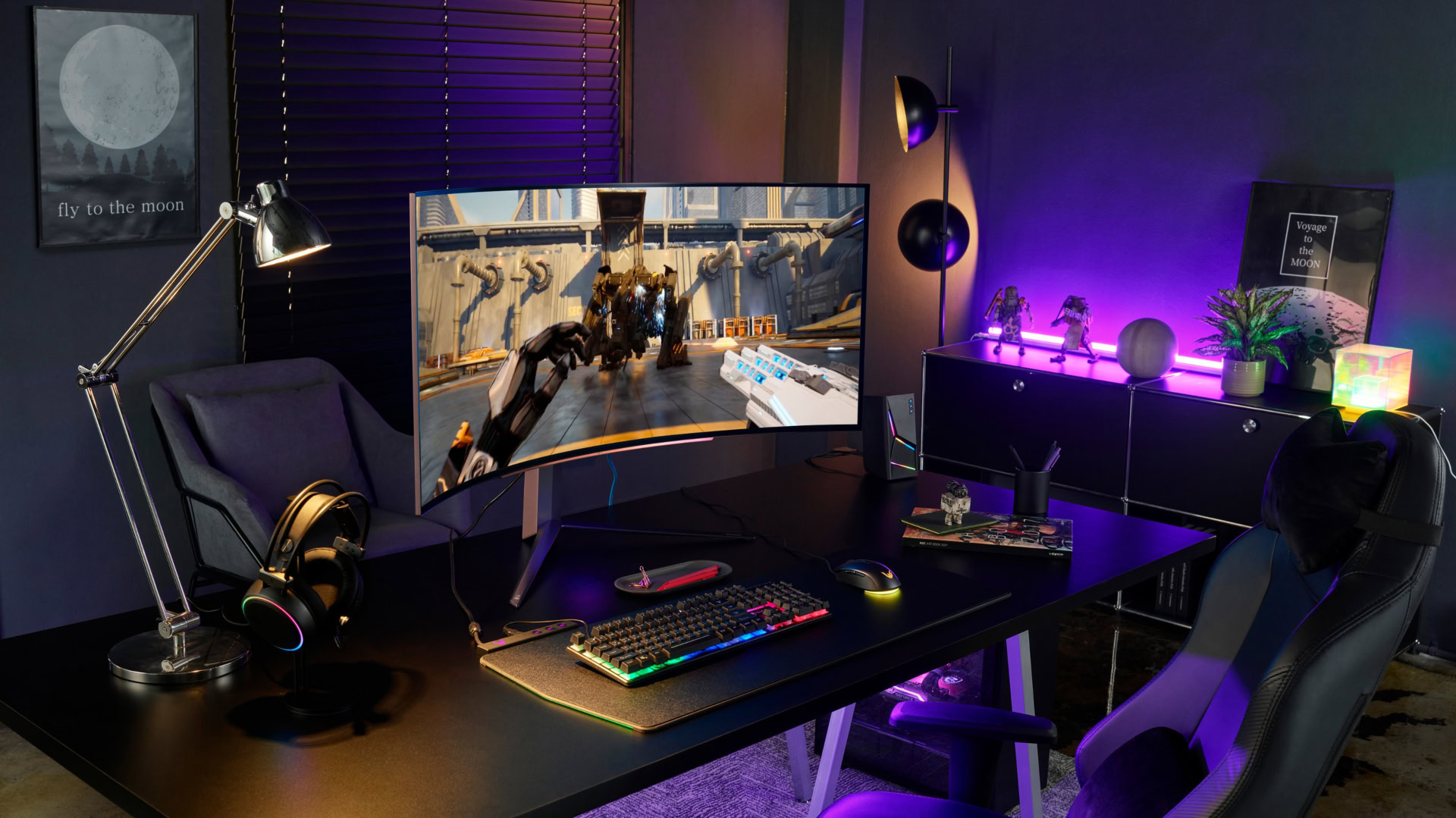Affiliate links on Android Authority may earn us a commission. Learn more.
DisplayPort vs HDMI: Which one should you use?
Published onFebruary 1, 2024

If you’re hooking up a PC to a monitor — or a TV, in some cases — you may be faced with the option of using either DisplayPort or HDMI, both of which are valid video inputs. Here’s a primer on the two technologies, and when to reach for one cable or the other.
JUMP TO KEY SECTIONS
DisplayPort vs HDMI: At a glance
- HDMI was originally created for TVs, whereas DisplayPort was built with PCs in mind.
- Most TVs don't come with DisplayPort as an option.
- The latest versions of DisplayPort and HDMI (in each case, 2.1) both support resolutions up to 8K, but HDMI refresh rates at that resolution are capped at 30Hz, whereas DisplayPort can reach 85Hz.
- DisplayPort 2.x supports 4K at 240Hz, whereas HDMI 2.x can only reach 144Hz.
- Performance is limited by the lowest version number in your output chain. If your video card supports HDMI 2.1, for example, but your TV and/or cable only has HDMI 1.4b, you'll probably be limited to 1080p at 144Hz or 4K at 30Hz, and won't be able to do 8K at all.
- Depending on its version, DisplayPort has between 10.8 and 80Gbps of bandwidth. HDMI is limited to between 4.95 and 48Gbps.
- Higher bandwidths allow more color depth, but HDMI has offered 4K, 24-bit color since version 2.0 (2013). DisplayPort has only offered the same since 1.4 (2016), if starting at a faster 98Hz.
- DisplayPort has offered VRR (variable refresh rate) since 1.2a. HDMI only natively supports the technology as of 2.1, though AMD technology sometimes makes it possible on 2.0b connections.
When you should use HDMI

Assuming you have access to the latest versions of both technologies, the only time you should use HDMI is if DisplayPort isn’t an option. That tends to mean connecting to TVs, since relatively few of them offer DisplayPort. Indeed HDMI is an industry standard not just for TVs, but many of their associated peripherals, such as receivers and ARC/eARC-compatible speakers.
There can sometimes be a mismatch between the best output chains available, even when both port types are present. If your video source, cable, and display all support HDMI 2.1, but something in your DisplayPort chain is limited to 1.2, you’ll only get 24-bit color and VRR support by choosing HDMI. HDMI 2.1 tends to beat DisplayPort 1.4 as well, with one gap we’ll cover below.
When you should use DisplayPort

You’ll primarily be using DisplayPort with monitors, since as we noted, most TVs lack a compatible connection. Even when there is DisplayPort on a TV, it’s unlikely to be up to the 2.1 spec, which was only made available in October 2022. The most common version of DisplayPort is 1.4, whereas HDMI 2.1 is already fairly widespread.
DisplayPort always tends to have the advantage in smooth gaming, since even 1.3 connections can run 1080p at 360 Hz and 4K at 98Hz. That easily trumps HDMI 2.0, which delivers 240 and 60Hz refresh rates, respectively. DisplayPort 2.1 hits 4K at 240Hz and 8K at 85Hz, surpassing HDMI 2.1’s 144 and 30Hz. Mind that 8K monitors are rare and expensive like 8K TVs, if not moreso.
If refresh rates are sufficient, it’s always best to use a connection with VRR support (starting with DisplayPort 1.2a or HDMI 2.1) when you want to maximize performance while eliminating “tearing” artifacts. On top of your display, cable, and video card, however, apps like games may also need VRR support.
DisplayPort vs HDMI: Which one is better?
Technically speaking, DisplayPort 2.1 is superior to its counterpart. As long you’re using at least DisplayPort 1.4 or HDMI 2.0 however, you’ll probably have a fantastic experience. Yes, HDMI 2.0 users won’t get VRR, or 4K framerates over 60fps, but that’s still smooth. And while only DisplayPort 2.1 can handle 8K framerates over 30fps, that particular issue is all but irrelevant, since only the most expensive consumer video cards can handle 8K gaming at decent speeds.
FAQs
If you buy the appropriate converter, yes. You’ll need to spend on a quality active HDMI-to-DisplayPort converter to preserve output. Going in the other direction, even a passive DisplayPort-to-HDMI converter will hold up.
Yes, as long as your source device (usually a computer) has the right ports and enough performance to handle multiple displays at the resolutions you set. Modern video cards can easily handle two 1080p displays simultaneously, but can potentially run into trouble with two or more 4K outputs.
The simple answer is yes, as long as everything in your output chain can handle 144Hz. You’ll be limited to 1080p resolution however unless your chain is equipped for DisplayPort 2.x and HDMI 2.1.
Only DisplayPort 1.4 or earlier, and with 1.4 it’s unlikely to make much practical difference.